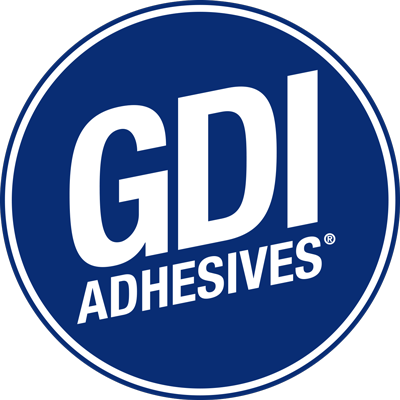Intro
Pressure-sensitive adhesives (PSAs) have become indispensable in various industries due to their versatility, ease of use and efficient bonding capabilities. From everyday consumer products to critical industrial applications, PSAs provide reliable adhesion and conformability to diverse surfaces. Achieving the optimal bond performance requires careful consideration of two essential factors: substrates and surface preparation. To achieve the adhesive’s maximum bond potential, it is essential to ensure proper surface preparation of the substrates in order to optimize the bond strength.
Understanding substrates and their impact on bonding
While substrates refer to the materials or surfaces that the adhesive bonds to, the substrates, by definition, vary greatly, including; metals, plastics, glass, paper, textiles and even biological tissues for medical. The choice of substrate significantly influences the adhesion properties of PSAs. The success of bonding depends on how well the adhesive interacts with the substrate’s surface energy characteristics.
For instance, porous substrates like wood or uncoated paper tend to absorb the adhesive, leading to reduced bond strength. On the other hand, non-porous substrates like glass or metal may exhibit poor adhesion due to their smooth and low-energy surface. To overcome these challenges, the selection of the appropriate PSA and surface are mutually critical.
Importance of Surface Preparation
Surface preparation plays a pivotal role in optimizing the bond between PSAs and substrates. The main objectives of surface preparation are:
- Contaminant Removal: Surfaces often times contain dust, oil, grease or other contaminants that hinder proper adhesive bonding. A thorough cleaning process is essential to eliminate these impurities and ensure maximum contact between the adhesive and the substrate.
- Surface Activation: Many substrates possess low surface energy, making them difficult to bond with standard PSAs. Surface activation techniques, such as corona treatment, plasma treatment, or primers, such as isopropyl alcohol (IPA), increase the surface energy, facilitating better wetting and adhesion.
- Roughening: Some substrates, especially metals and plastics, benefit from surface roughening. This process enhances the mechanical interlocking between the adhesive and the substrate, leading to improved adhesion strength.
- Moisture Management: Moisture can impact PSA performance, particularly in outdoor or humid environments. Proper surface preparation should consider moisture management techniques to prevent adhesive failure.
Selecting the Right PSA for the Substrate
Not all PSAs are created equal, and choosing the right adhesive for a specific substrate is crucial. The key considerations when selecting a PSA include:
- Compatibility: The adhesive should be chemically compatible with the substrate to achieve a strong and durable bond. Compatibility testing should be conducted before committing to large-scale bonding.
- Temperature Resistance: Some applications demand adhesives capable of withstanding high or low temperatures without losing their bond properties.
- Shear and Peel Strength: Depending on the application, the required shear or peel strength of the adhesive is essential to ensure the adhesive can withstand the necessary forces.
Conclusion
Achieving optimal bonding with pressure-sensitive adhesives relies heavily on the careful selection of substrates and proper surface preparation. The choice of surface can influence the adhesive’s performance, while surface preparation techniques, such as cleaning, activation, roughening and moisture management, are vital for maximizing adhesion strength.
Additionally, selecting the right PSA based on compatibility, temperature resistance and bond requirements further ensures the success of the adhesive application. By considering these factors, manufacturers can harness the full potential of PSAs and unlock their versatility for a wide range of applications in various industries.
